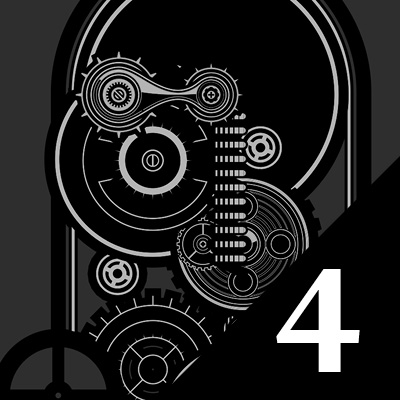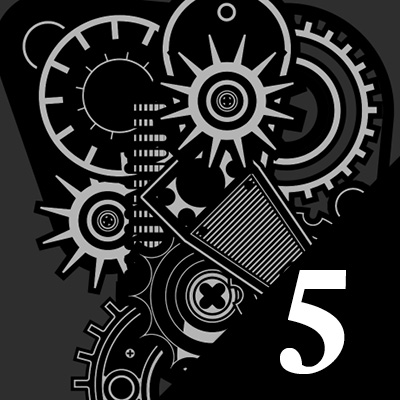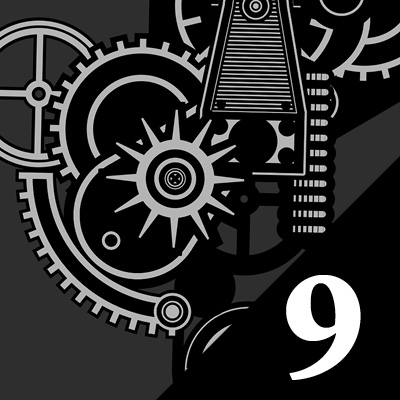Lives of Machines & The Industrial Revolution: 4
A GRANITE BAY DESIGN MICROSITE![]()
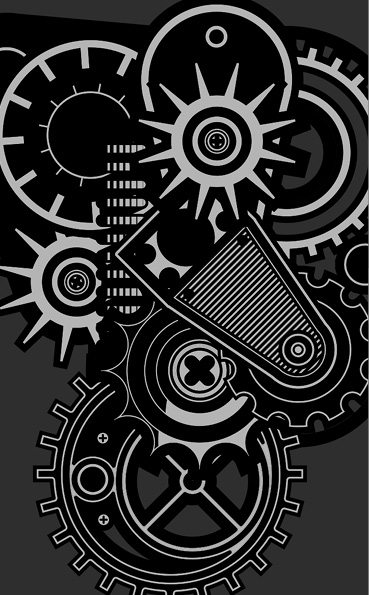 Lives of Machines and
Lives of Machines and
The Industrial Revolution: Part 4
Milestones & Terminology
1844
Invention of the Telegraph: Samuel Morse invented the telegraph, which allowed messages to be sent quickly over a wire. By 1860, telegraph wires stretched from the east coast of the United States to the west of the Mississippi River. It worked by transmitting electrical signals over a wire laid between stations. Although the telegraph had fallen out of widespread use by the start of the 21st century, replaced by the telephone, fax machine and internet, it laid the groundwork for the communications revolution that led to those later innovations. The printing press was the big innovation in communications until the telegraph was developed. Printing remained the key format for mass messages for years afterward, but the telegraph allowed instant communication over vast distances for the first time in human history. Telegraph usage faded as radio became easy to use and popularized; as radio was being developed, the telephone quickly became the fastest way to communicate person-to-person. [1]
What Are Oil Grooves?
The proper lubrication of the journals and other wearing surfaces of machinery depends on not only upon the quality and quantity of the lubricant which is used, but also upon how well it is distributed over those surfaces in question. With proper distribution, less oil will prove effective than would a greater quantity not so well distributed, and so economy enters into the consideration of the question. In large power plants, the principal journals and wearing parts of the engines are usually supplied with oil by the gravity system. This consists of an elevated tank which is supplied with oil by a pump especially for the purpose. The oil is conveyed from the tank to the various cups about the engines through a system of pipes. After the oil leaves the bearings it flows into collecting pans, thence into a receiving and filtering tank, whence it is pumped into the elevated tank referred to. When this system is employed and all the apparatus is free from leaks, very little of the total quantity of oil used is lost, and such loss is replenished by the addition of new oil to the system from time to time. The oil is fed into the cups, and from them to the surfaces to be supplied, in a continuous stream, thus insuring proper distribution. Because of the rapidity, and consequently the quantity of the flow, the oil leaves the bearings almost as clear and clean as when first supplied. [2]
“Sometimes when you innovate you make mistakes. It is best to admit them quickly and get on with improving your other innovations.”
Steve Jobs
The Industrial Revolution
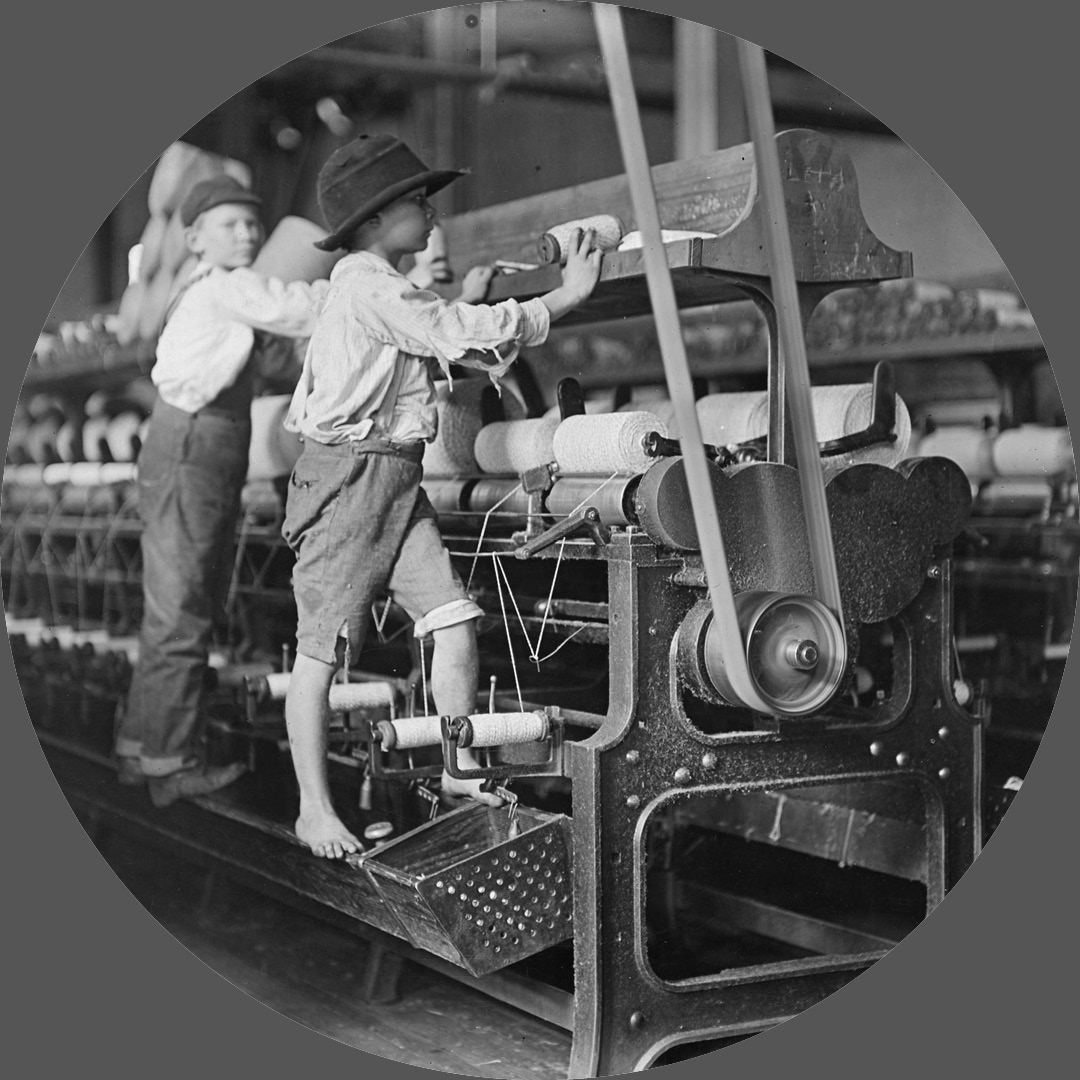


Advantages of Industrialization The Industrial Revolution created an increase in employment opportunities. Wages at factories were higher than what individuals were making as farmers. As factories became widespread, additional managers and employees were required to operate them, increasing the supply of jobs and overall wages. Since most of the factories and large companies were located near cities, populations migrated to urban areas searching for jobs, often overwhelming the available housing supply. This led to significant improvements in city planning. Increased innovation also led to higher levels of education, often resulting in several groundbreaking inventions still used today. These inventions include the sewing machine, X-ray, lightbulb, calculator, and anesthesia. Due to the Industrial Revolution’s advancements, the nation saw the first combustible engine, incandescent light bulb, and modern assembly line used in manufacturing. The Industrial Revolution changed how people worked, the technologies available to them, and in turn where they lived. It made life comfortable for many though living conditions for workers remained abhorrent, which eventually fueled the rise of labor unions that led to improved working conditions and fair wages. [3]
[1] is from one of two sources, either Riyasamdani or Historic UK. [2] is from the Vintage Machinery Wiki Knowledge Base and [3] is from The Gutenberg Project section on The Industrial Revolution. The period photographs are from a variety of public domain sources. You can use the thumbnail gallery below to navigate through the site.




